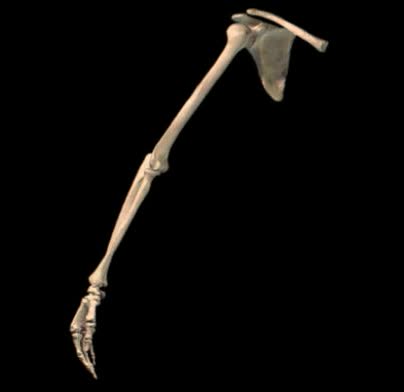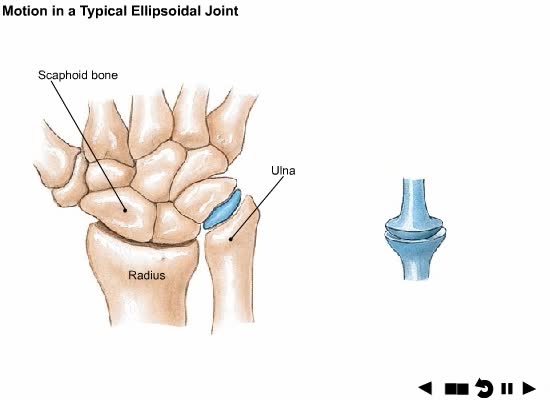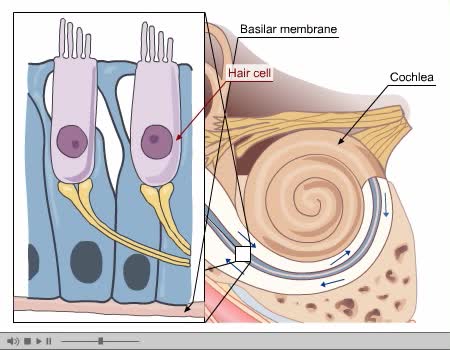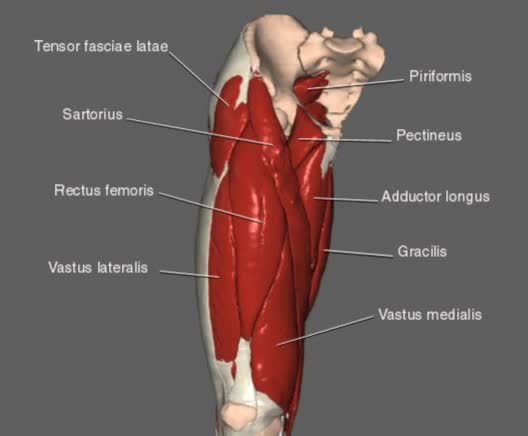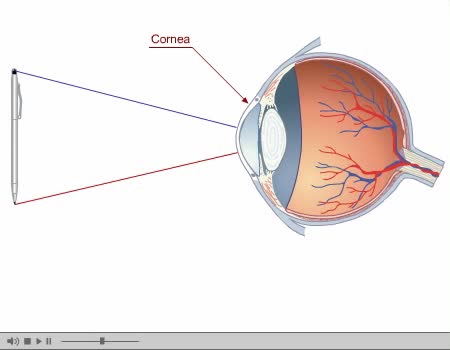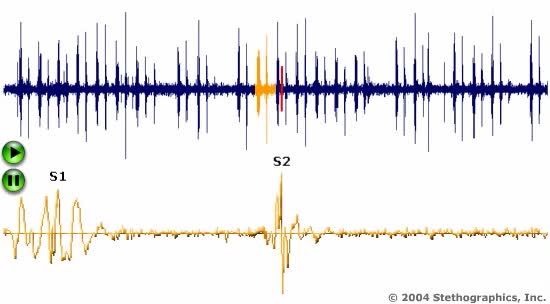Search Results
Results for: 'Leg Movement'
By: Administrator, Views: 549
Types of body movement that occur at the diarthrotic joints: - Rotation - Supination
Classification of Joints Animation
By: Administrator, Views: 475
Types of body movement that occur at the diarthrotic joints: - Abduction - Adduction - Circumduction - Dorsiflexion Classification of Joints: - Synarthrosis (Fibrous) - Amphiarthrosis (Cartilaginous) - Diarthrosis (Synovial)
By: Administrator, Views: 14651
Process of Hearing Sound waves are directed to the eardrum, causing it to vibrate. These vibrations move the three small bones of the middle ear (malleus, incus, and stapes). Movement of stapes at oval window sets up pressure waves in the perilymph and endolymph. Process of Hearing The wav...
Hip and Thigh Movement Animation
By: Administrator, Views: 457
- The 3 hamstring muscles (biceps femoris, semimembranosus and semitendinosus) – these muscles form most of the flesh of the back of the thigh; they flex the knee and extend the hip; - Gluteus maximus muscle (buttock); and, - Gracilis, sartorius and plantaris muscles.
Primary Active Transport - electrochemical gradient and ion transport / water movement
By: HWC, Views: 11517
Energy derived from ATP changes the shape of a transporter protein which pumps a substance across a plasma membrane against its concentration gradient An electrochemical gradient is a gradient of electrochemical potential, usually for an ion that can move across a membrane. The gradient consis...
By: Administrator, Views: 14187
Apnea is the cessation of breathing. During apnea, there is no movement of the muscles of inhalation, and the volume of the lungs initially remains unchanged. Depending on how blocked the airways are (patency), there may or may not be a flow of gas between the lungs and the environment; gas excha...
Virtual Tour of the Eye Animation
By: Administrator, Views: 14057
Eye Composed of special anatomical structures that work together to facilitate sight: Cornea Pupil Lens Vitreous body Light stimulates sensory receptors (rods and cones) in the retina or innermost layer of the eye. Vision is made possible through the coordinated actions of nerves that co...
By: Administrator, Views: 899
An electrocardiogram (ECG, EKG) is a commonly used procedure in which the electrical events associated with the beating of the heart are evaluated. (A) Skin electrodes are applied to the chest wall, which send electrical signals to a computer that interprets the signals into graph form. An ele...
How do the different types of chromatography work? (No Audio)
By: HWC, Views: 10803
Chromatography is a term for a variety of techniques in which a mixture of dissolved components is fractionated as it moves through some type of porous matrix. A glass column is filled with beads of an inert matrix. The mixture of proteins to be purified is dissolved in a solution and passed ...
Advertisement



